In an era where the fusion of technology and agricultural science is becoming increasingly pivotal, drones are emerging as a groundbreaking tool capable of transforming the landscape of plant breeding programs, reports SeedWorld. Over the past two decades, significant advancements in genomic and bioinformatics tools have ushered in a new age of research, enabling deeper insights into the genetics behind plant traits. This final piece of our series dives into how drone-derived data is not just complementing but revolutionizing genomic selection and offering fresh pathways to enhance germplasm—the very essence of breeding programs.
A Synergistic Approach to Plant Breeding
One of the standout revelations in integrating Drone Technology into breeding strategies is the harmony it creates with genomic selection. Drones offer a bird’s-eye view—literally—on traits like plant health, growth patterns, and stress response, which, when paired with genomic data, can significantly refine the selection of breeding candidates. This synergy not only boosts the precision of identifying superior traits but also injects confidence into the process.
“By correlating these phenotypic observations with genomic markers associated with target traits, breeders can identify and prioritize superior breeding candidates with greater precision and confidence,” illustrates the promise this integration holds. The data harvested from the skies is proving to be a game-changer in how breeders predict and enhance plant performance.
Beyond Traditional Methods
The advent of drone technology in agriculture is offering an attractive alternative to traditional, more cumbersome methods of phenotypic evaluation. The non-invasive nature and cost-effectiveness of drones sidestep the need for extensive field trials and complex genomic studies, enabling a more efficient assessment of a wide array of plant traits over large areas. This not only accelerates the breeding cycle but also enriches our understanding of the complex interplay between genotypes and phenotypes.
In particular scenarios, where challenges such as extended breeding cycles or constrained genetic diversity loom large, drones might even take the lead in developing new germoplasm. Advanced image analysis combined with machine learning algorithms can sift through drone imagery to extract critical phenotypic information, streamlining the screening and selection of promising genetic lines.
The Future of Agricultural Research with Drones
The integration of drone-derived data with genomic and phenotypic selection methods is heralding a paradigm shift in agricultural research and plant breeding. This convergence is poised to expedite the development of new crop varieties that are not only higher yielding but also more resilient to environmental stresses.
“I’m incredibly excited about the integration of drone-derived data with genomic and phenotypic selection methods,” writes Lee West for SeedWorld, as it underscores the transformative potential at our fingertips. As we peer into the future, the collaboration between drone technology and genomics is brimming with promise, offering innovative solutions to meet the growing demands of 21st-century agriculture. With ongoing technological advancements, the horizon for breeding programs is bound to expand, promising a future where agriculture is more efficient, sustainable, and productive.
Featured photo courtesy of SeedWorld.




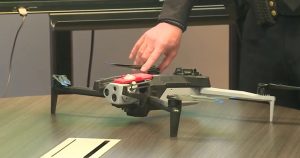
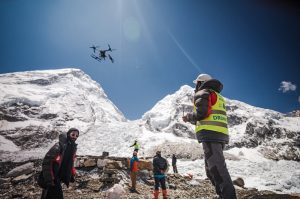
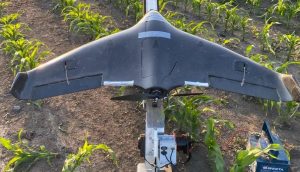
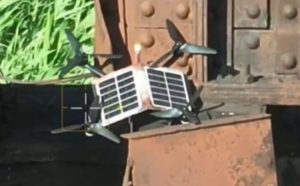
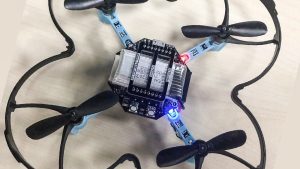
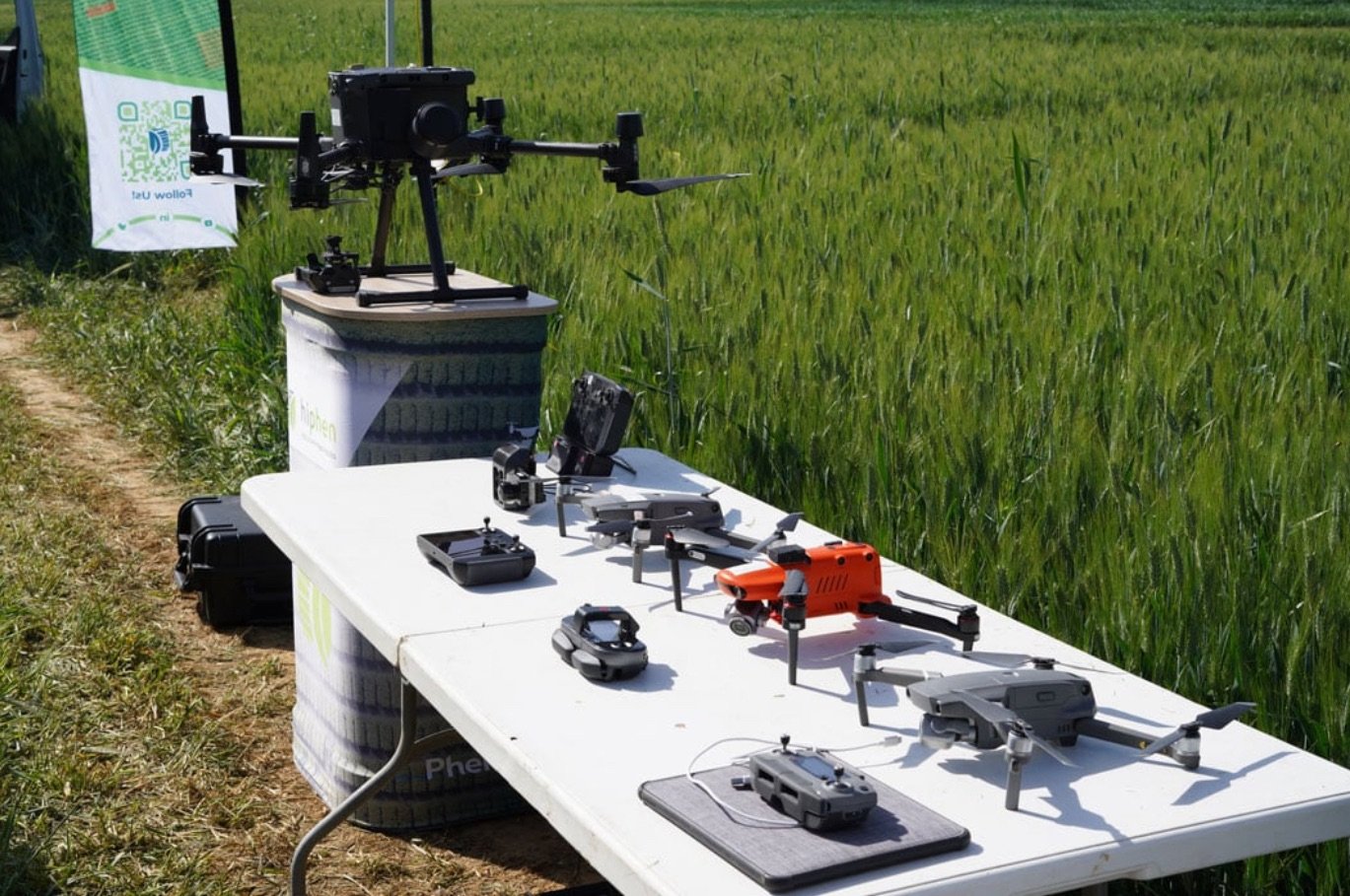



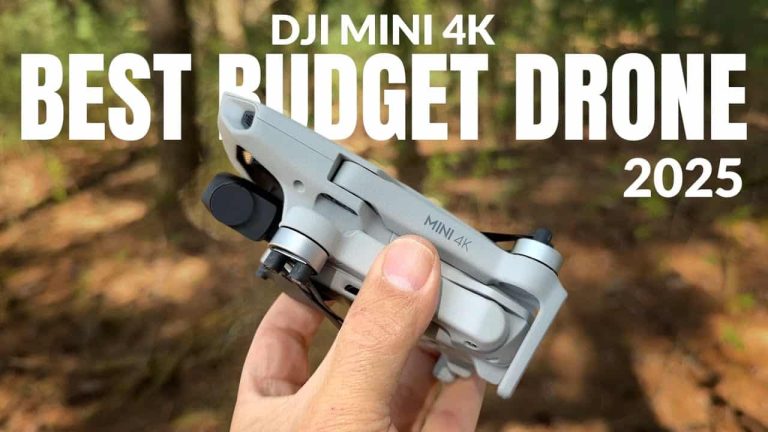

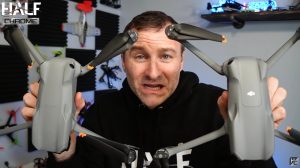

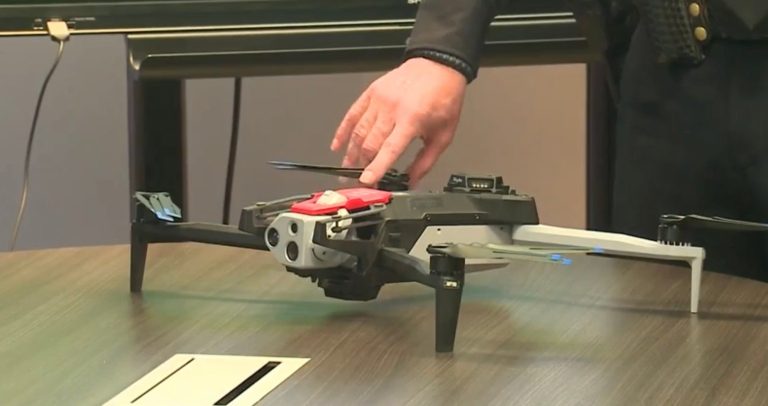

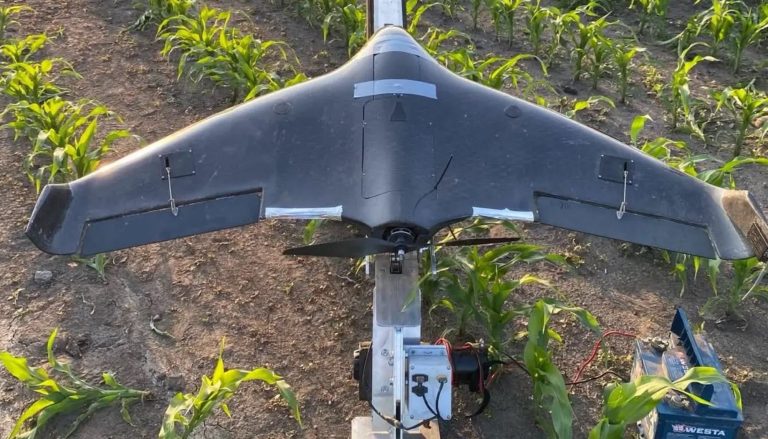

+ There are no comments
Add yours